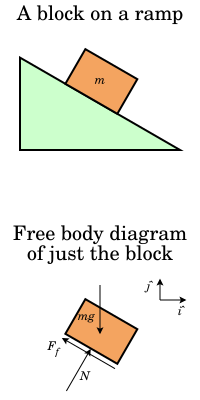Surface_forces
Surface force denoted fs is the force that acts across an internal or external surface element in a material body. Normal forces and shear forces between objects are types of surface force. All cohesive forces and contact forces between objects are considered as surface forces. Surface force can be decomposed into two perpendicular components: normal forces and shear forces. A normal force acts normally over an area and a shear force acts tangentially over an area.
This article needs additional citations for verification. (June 2023) |






